What's Current in
Life Sciences
Image
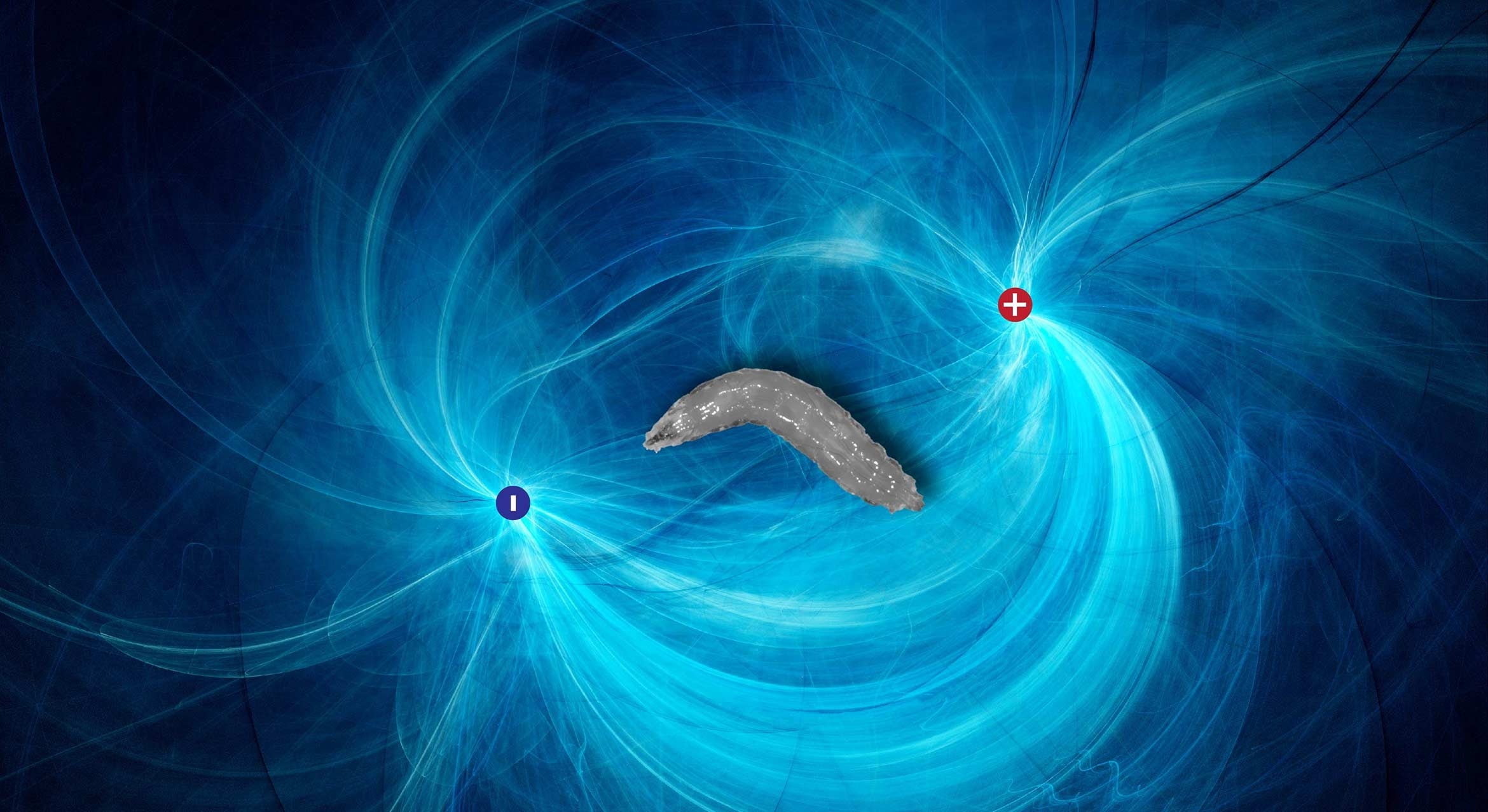
Photo Credit
Sakkmesterke vi Adobe Stock
Fruit fly larvae will reorient themselves toward the negative pole of an electric field.
Image

Photo Credit
iStock
A 3D rendering of a polymer chain
Image

Photo Credit
Jordan Strauss / AP Images for HHMI
Daniela Soto
Image

Photo Credit
Matt Perko
Differences in gene expression, not just their presence, seems to drive the remarkable specialization found in the human brain.
Image
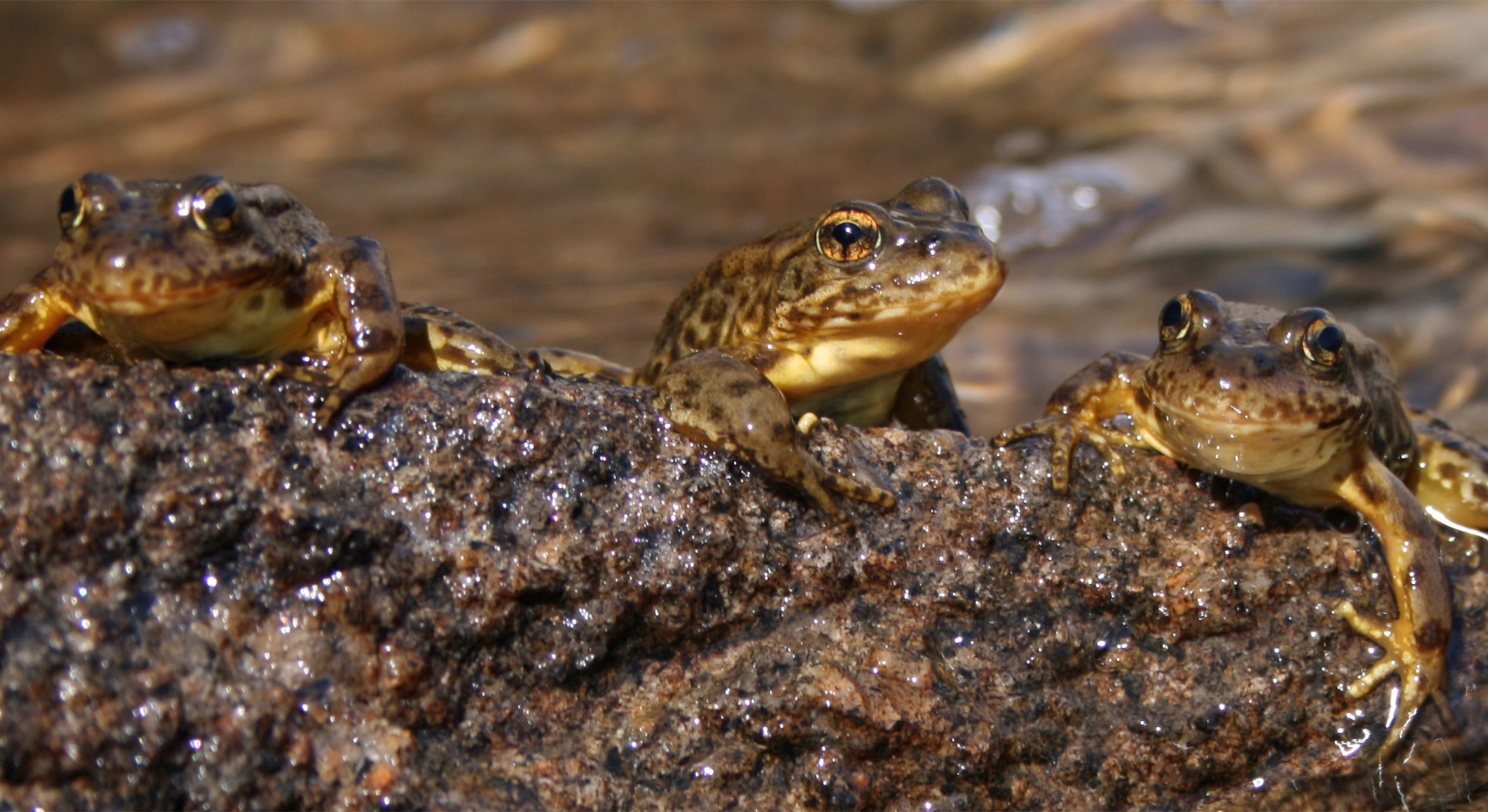
Photo Credit
Roland Knapp
The Sierra Nevada yellow-legged frog is recovering in Yosemite, a beacon of hope for amphibian conservation.
Image
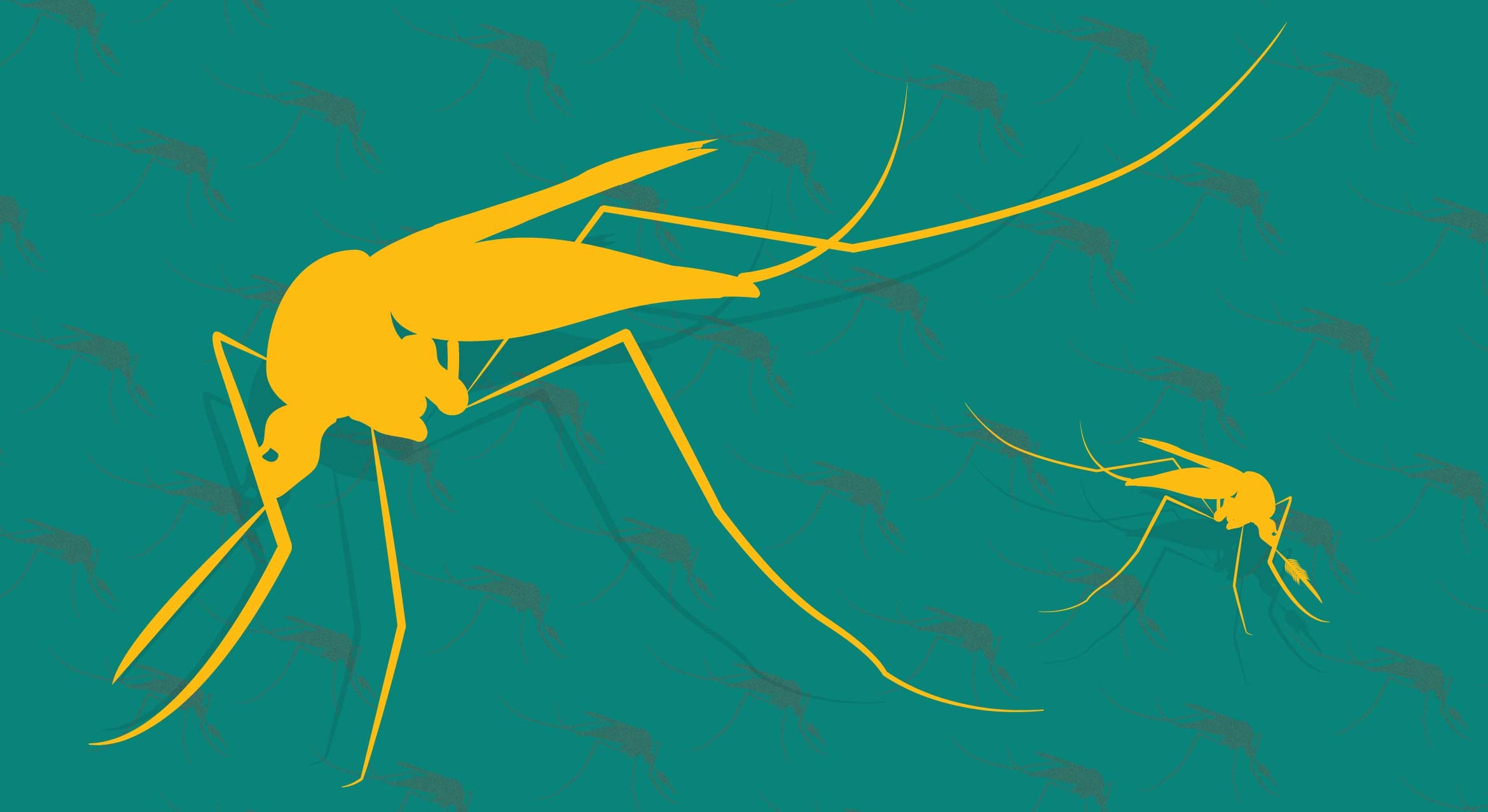
Photo Credit
Matt Perko
If a male mosquito can’t hear a female, it’s as though she doesn’t exist.
Image
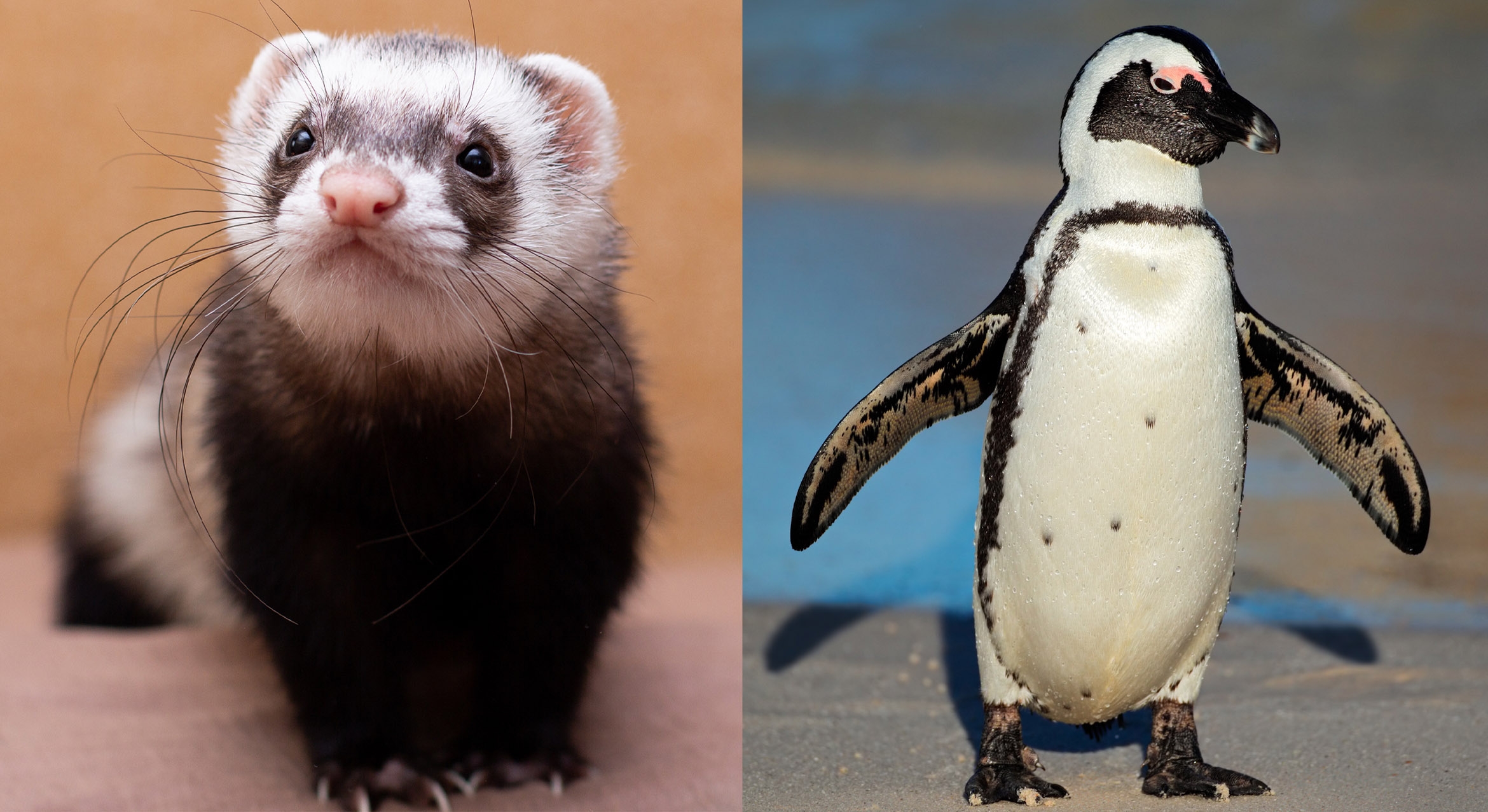
Ferrets are among the vertebrates that get the most tumors, while black footed penguins get the fewest
Image
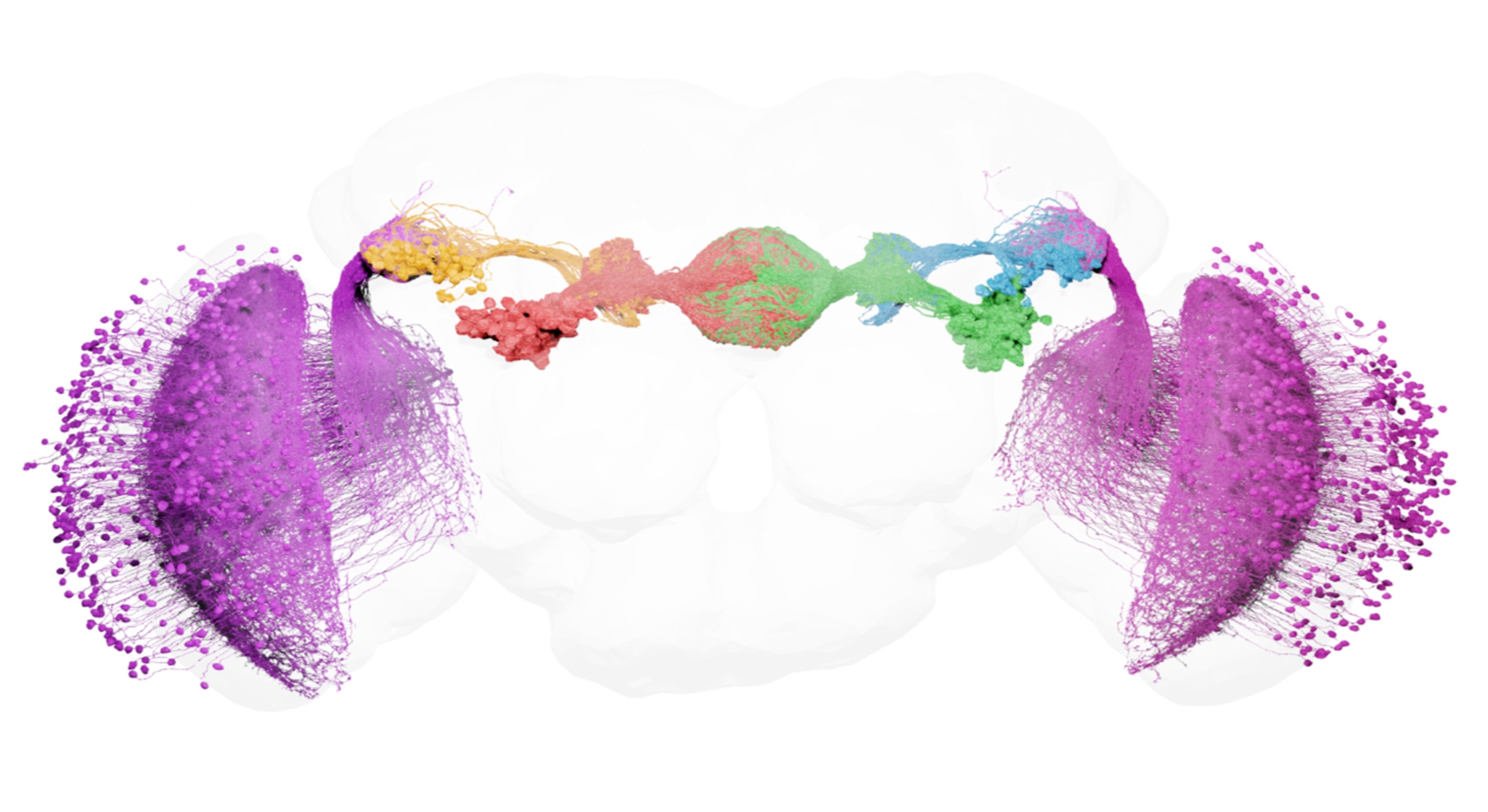
Photo Credit
Dustin Garner, Emil Kind
An electron-microscopy image of the fruit fly's anterior visual pathway — all neurons involved in processing visual information and conveying it to the navigation center in the fly brain. Compass neurons are in the circular area at the center

